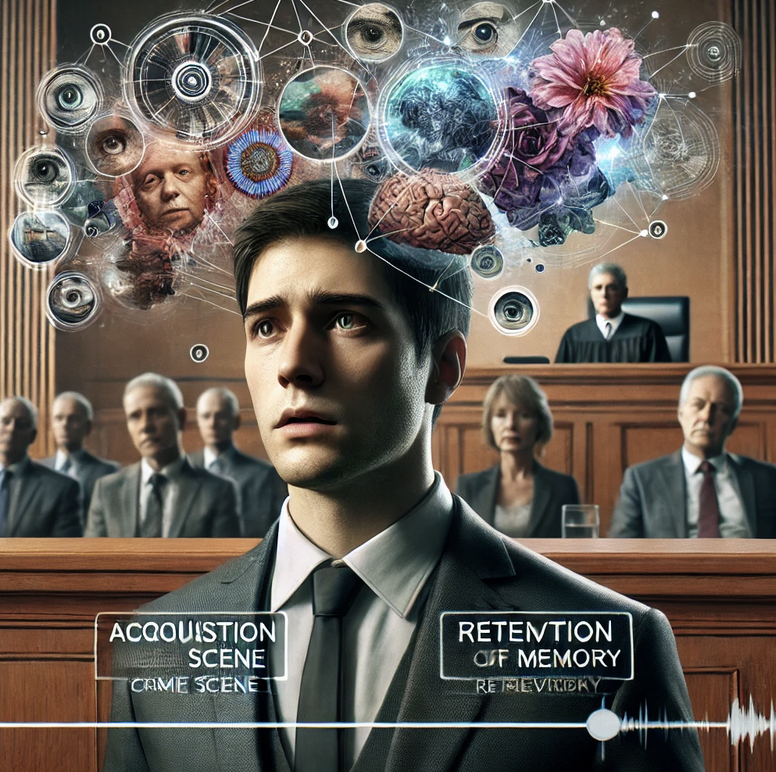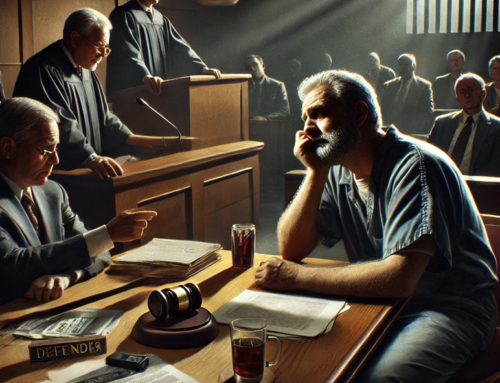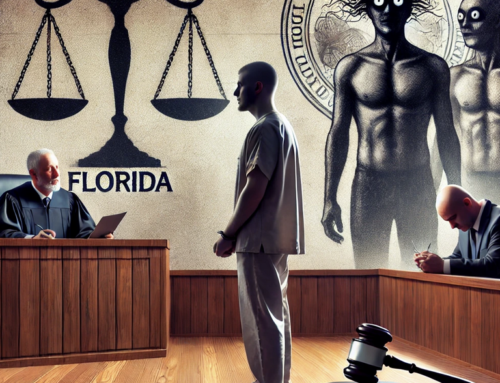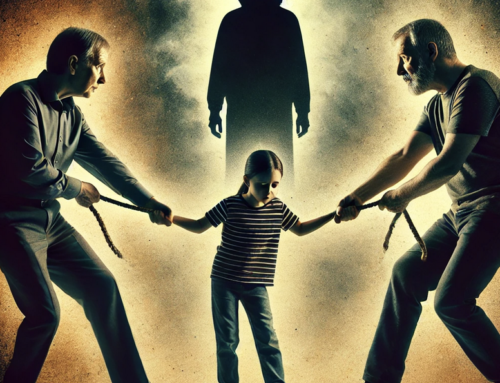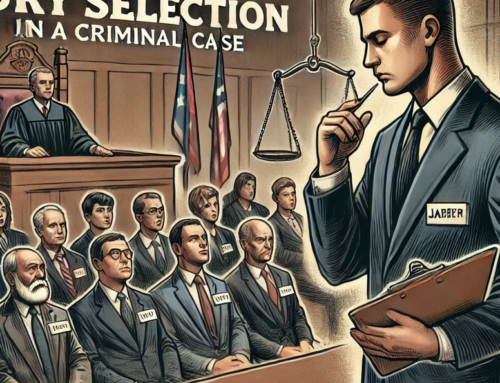When forensic psychology was being established in the late 1870s, among the top topics that got scrutinized was the examination of eyewitness memory.
According to the website of History of Forensic Psychology, Albert Von Schrenk-Notzing was the first psychologist to play the role of expert witness during a court hearing in 1896. The case being tried was about a man who allegedly murdered three women.
Based on his research on memory and the human mind’s inclination to suggestions of others, Von Schrenk-Notzing claimed that publicity before the trial had a significant effect on witness memory which made it difficult to differentiate what the press reported and what was actually witnessed.
Cognitive Processes
Documented research on eyewitness memory often falls within the more comprehensive cognitive processes category.
The cognitive process pertains to the various means the human mind interprets the world surrounding it. This is done by perusing different mental skills such as perception, thinking, awareness, memory, judgment, and reasoning. Although we can only infer cognitive processes and we can’t see them directly, they can have practical associations from a legal perspective.
If we admit that the process of how we perceive, think, judge, and reason, is not without flaw, we can easily understand why psychologists study cognitive process as well as its influencing factors in the field of law – not to mention how the judiciary system can be significantly affected by the serious implications of this fallibility.
The field of investigation has been dominated by witness memory study and it is for a brilliant reason. To sum up what Huff and Ratner said in their book titled Convicted but Innocent, eyewitness misidentification is a significant factor that contributes towards wrongful conviction.
Eyewitness Memory Stages
1. Acquisition
When an incident has been witnessed, information surrounding the scenario is saved in the memory. However, studies have shown that various factors can influence this initial acquisition of data.
For example, let’s consider the incident’s duration. In a simple study that Brian R. Clifford and V. Jerry Richards made in 1977 titled ‘Comparison of Recall by Policemen & Civilians under Conditions of Long & Short Durations of Exposure’, civilians and police officers were asked to converse with each other for 15 seconds or 30 seconds. They were then told to fill out a checklist with 10 items, 30 seconds after the said conversation.
In the checklist, subjects were asked to write details about the other person such as facial hair, hair color, etc. This experiment showed that the police officers’ recall was more accurate than the civilians’ in the 30-second conversations.
2. Retention
Between the time the incident was witnessed until the time the witness was asked to recollect, the information saved in the memory can deteriorate significantly depending on the length of the retention period. Studies have consistently shown that the accuracy of the incident recollection decreases as the gap increases between the time an event was witnessed and the time it had to be recalled.
Numerous studies have proven this contention including the experiment by Roy Malpass and Patricia Devine. Their experiment compared witness identification accuracy after two retention periods – one 3 days and the other for 5 months. False identifications were not recorded after 3 days while 35% of the recorded identifications proved to be false after 5 months.
3. Retrieval
The final eyewitness memory stage relates to accessing and retrieving the information that is saved in the witness’ memory. Retrieving this information, in field of law, is typically done through a questioning process. Research shows that eyewitness memory can be significantly impacted by various questioning procedures.
One of the areas that have received focus in different studies concerns leading questions, and how changing question wordings can affect subsequent testimony, even if done in a very subtle manner.
Elizabeth Loftus, a well-known researcher in the field, has been doing studies on eyewitness memory for more than three decades. During one of the experiments she did, subjects were made to watch a car accident video. The subjects were then asked to give an estimate of the cars’ speed.
The subjects were divided into two groups. One group was told to give an estimate of the cars’ speed the moment they ‘touched’ each other. The other group was told to give an estimate of the cars’ speed the moment they ‘crashed’ each other. The first group came up with 31.8 miles/hour while the second group came up with 40.8 miles/hour, both on average.


